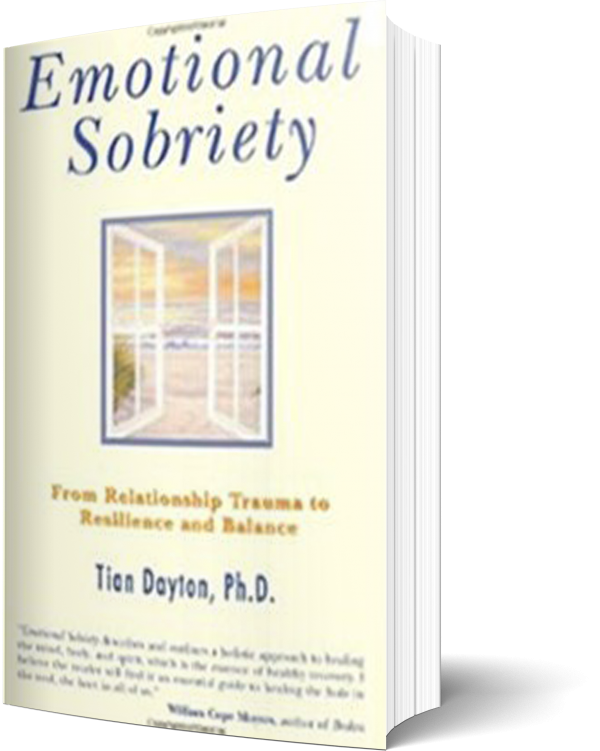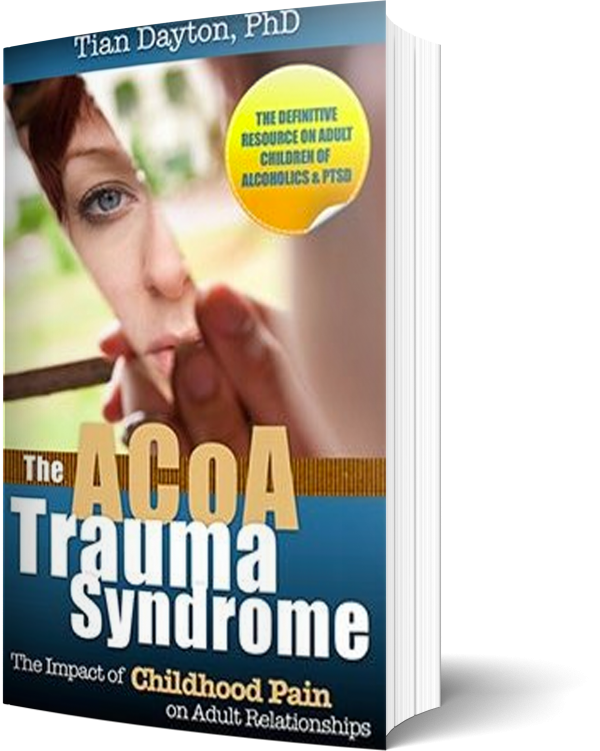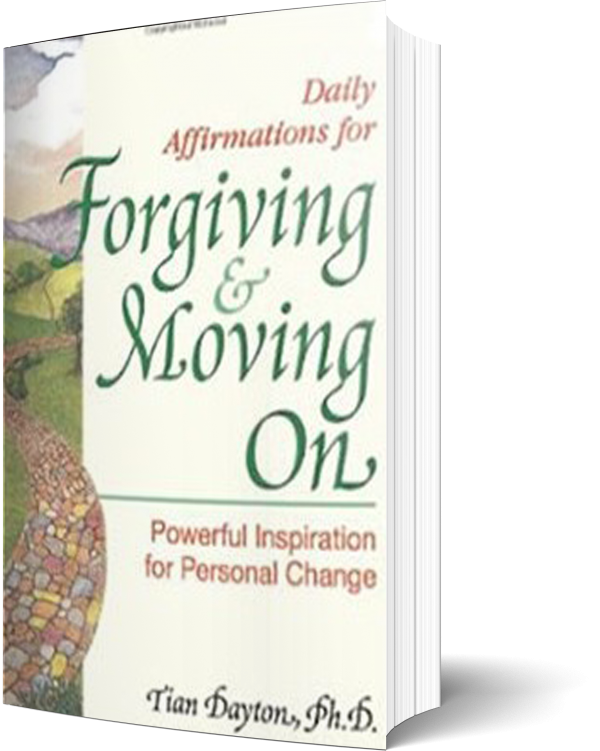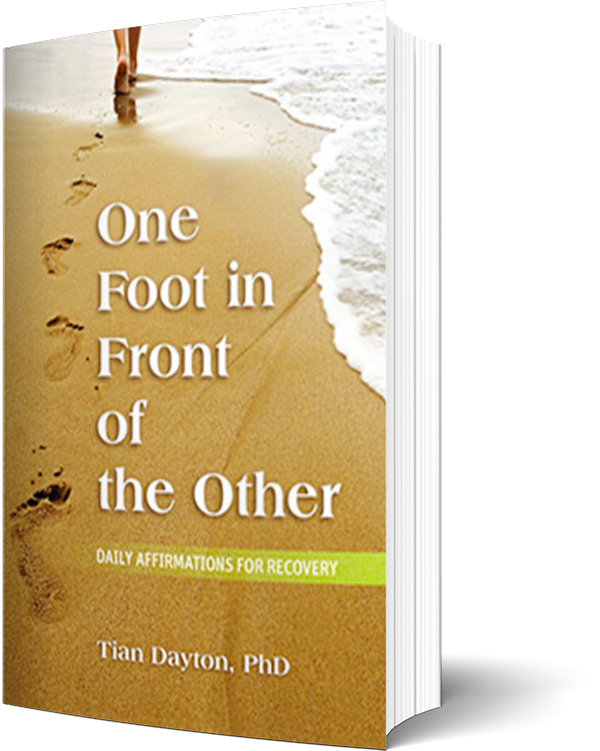April is “Alcohol Awareness Month.” On the surface this appears to be about alcohol, its use and abuse, it implies that we need to learn more about why a person might drink alcoholically or, by extension use other substances to their detriment. But there is a much larger story here. It’s the story of all of those mothers, fathers, sisters, brothers, aunts, uncles and cousins who care about and are concerned about this person who is abusing alcohol. And even closer to the bone it is about the partners and children of alcoholics and the day-to-day suffering that becomes their life.
So what happens to them?
At least the alcoholic can put on those proverbial rose-colored glasses when the going gets rough. When something in their lives feels too painful to sit with, they don’t have to, they can get rid of their pain by numbing it out with alcohol. But the people who love and rely on them, who see them at the breakfast table, plan crisscrossing days, who want to count on them for a ride to school, a talk about their day or a steady pay check but can’t feel at ease doing it… these people are going through the experience cold sober. The pain they feel at watching the person they once thought they knew morph slowly into some confusing, unreachable version of their old self, these people are not using a substance to numb out their pain. They just feel like they are going slowly mad, like someone has turned the volume up on the noise factor in their heads. And they are stuck feeling it. Which is why their disease of co-addiction, codependency or trauma related stress mushrooms right along side the addicts disease of addiction. Which is why they deny, minimize, intellectualize, dissociate and at times act crazier than even the alcoholic.
As the addict becomes ever more taxing to live with, those living with the addict become ever more taxed. No one escapes the pain and long term affects of addiction. Besides the addict at least can sober up, they can “leave the disease of addiction behind them.” Lucky them, it seems so clear. Leaving the post traumatic stress that comes from living with the addict behind can be more of an uphill battle. Untangling what pain, confusion and general life angst is part of what “the flesh is heir to,” from that directly caused by living and loving in addictions strange disease path, can be the work of a life time. Or at least a decade.
“Despite the numerous studies over the past 30 years that have clarified the devastating effects of child maltreatment on mental and physical health, the role of trauma within the caregiving system remains unrecognized both in our diagnostic systems and in our dominant treatment paradigms,” says Bessel van der Kolk. “Research of people with histories of caregiver abuse and neglect consistently demonstrates problems with concentration, anger, panic, depression, food intake, drugs, and sleep, as well as decreased heart rate variability, higher levels of stress hormones, and reduced or impaired immune response. Their relationship between documented brain changes and psychopathology is complex.”
Addiction emerges over and over again as a primary form of this childhood stress and abuse according to Robert Anda of The Adverse Childhood Experiences (ACE) study.
Let’s look at some of the lessons you learn when someone you love becomes an addict.
You learn that you cannot count on someone’s mood any more, they may over react to simple frustrations that they once could manage. They launch into negative monologues at the drop of a hat, create conflict where there needn’t be any. Addicts are quick to get irritated if you catch them at the wrong time of day. They are not morning people, let’s say. But then as their disease progresses noon isn’t so great either. Eventually you just don’t want to catch them during any of those hours of the day when they are not letting themselves drink. You avoid them, you learn to avoid the person you love. This is a big and confusing lesson to learn and one that doesn’t exactly set you up for uncomplicated relationships in the future. You feel anxious being around them, you worry about saying something that will make them mad, about asking them questions or getting into conversations that can quickly go south. You learn to be on guard, you fuse together in your head that love, mistrust and a chronic low level of anxiety are part of a “normal,” intimate relationship, part of being close.
It’s so confusing.
Then comes that magic window when they finally get their fix. Out of nowhere their old, affable personality reemerges; you see in front of you the smile you remember, the easy laugh, the person you once felt so comfortable with. And this makes the whole thing even more disturbing, because nothing you can do interpersonally is going to access that person when you want to see them, that person will now come out only with a drink in their hand. This means that friends will still think your mom or dad are lots of fun. It will be the family that feels the effects. It sneaks up on you, it happens slowly, it takes its own sickeningly sweet time.
And much of that time you yourself forget that this person is an addict simply because their drinking has become so woven into the day. The cocktail hour gets longer and starts earlier. Dinner becomes a drawn out ritual with lots of wine being poured. Friends become warmer, closer, funnier and getting together with them most often involves drinking. They are drinking buddies and whether the drinking buddies sit on stoops with cheap wine in brown paper bags or on chintz and linen in a beautifully decorated room doesn’t really matter. Soon life gets organized around drinking windows, elegant or plebeian, it’s really all the same.
Slowly the disease takes over more and more aspects of your life. It gets harder to focus on your own life because managing or working around someone else’s takes priority. You lose that sense of ease and lightness in your day, in your self. You start to develop a feeling of hopelessness and helplessness because you increasingly do not know the person you love, you lose them by barely perceptible inches. You lose respect or even love for them and you drag that feeling into subsequent relationships down the line; the feelings become intergenerational even if the alcohol doesn’t. And you have to cope with anger and hate towards somebody you love which creates a great loneliness… you have to give up the wish to be with the one you want to be with, because it becomes just too disruptive to your insides.
For children of alcoholics, modeling becomes very difficult. It’s problematic identifying with the alcohol parent so you throw the baby out with the bathwater… you worry about internalizing their good qualities because you’re so scared their bad ones will ride right along with them. You want to distance internally from the problematic qualities in the addict that led them to become sick, negative people. All of this gets imported into generation upon generation. Then presto, the unresolved pain in the child of an alcoholic emerges in the next generation. Although their parents who were the children of alcoholics (CoAs) are sober, they are are lugging along all of this unresolved baggage into their parenting. Then the grandchild feels their parents’ silent pain, and they pick up alcohol, drugs or food to numb it. So the disease of addiction reemerges in the grandchildren of alcoholics. Addiction appears to have “skipped a generation” but did it? Weren’t its affects alive and well, just without the alcohol? Wasn’t the post traumatic stress of growing up with active addiction, simply continuing its predictable disease path?
For further info log onto nacoa.org
References:
Anda, R. F., V. J. Felitti, J. Walker, C. L. Whit!eld, J. D. Bremner, B. D. Perry, S. R. Dube, and W. H. Giles. 2006. “The Enduring Effects of Abuse and Related Adverse Experiences in Childhood: A Convergence of Evidence from Neurobiology and Epidemiology.” European Archives of Psychiatry and Clinical Neurosciences256(3)
van der Kolk B.
Commentary: The devastating effects of ignoring child maltreatment in psychiatry — a commentary on Teicher and Samson 2016. / J Child Psychol Psychiatry. 2016 Mar;57(3):267-70. PMID: 26889892





